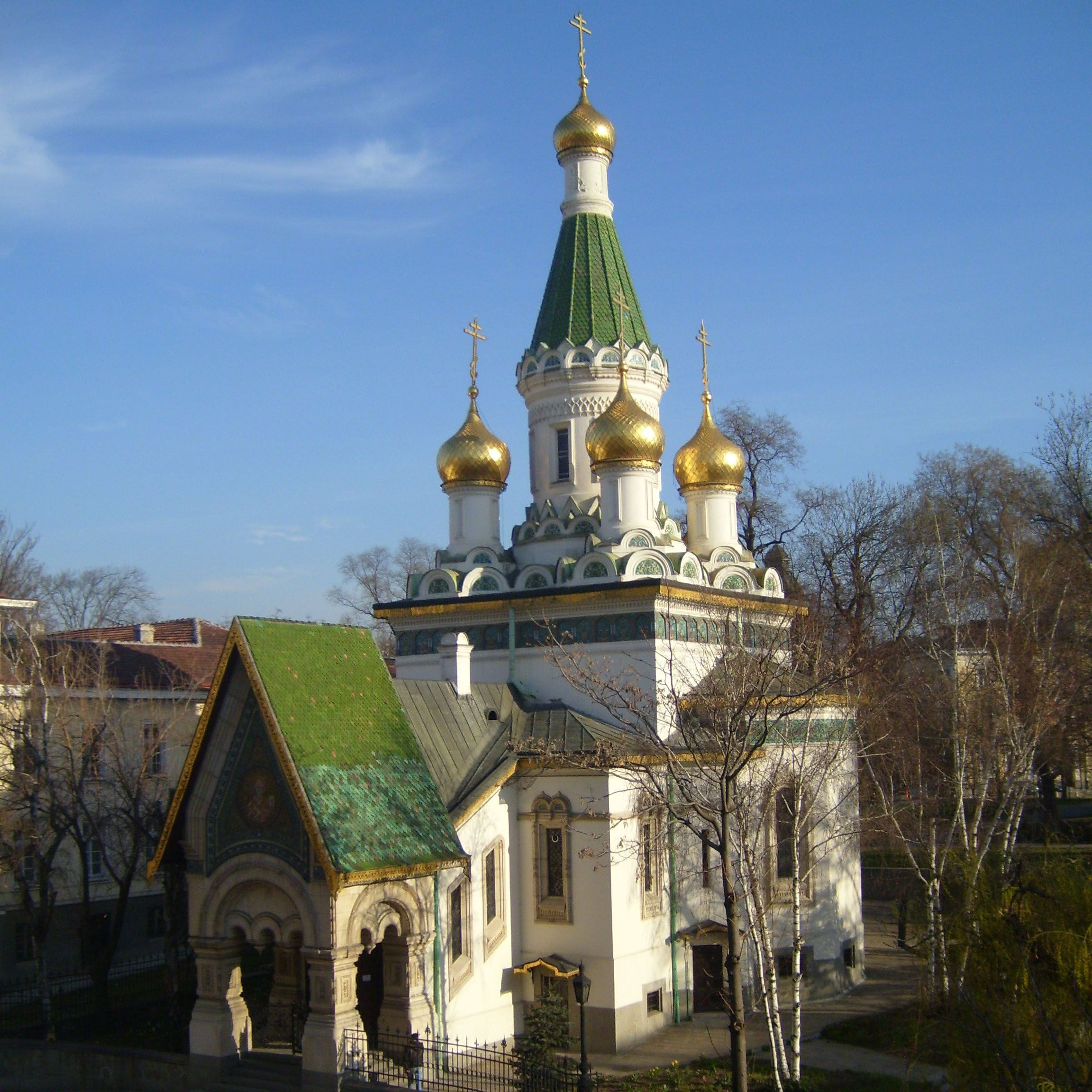How and Why the Friendship of the Russian and Bulgarian Churches Ended

Archimandrite Nicanor
A Blog of the Orthodox Christian Studies Center of Fordham University
It is said that after the Soviet army occupied Bulgaria, Winston Churchill wrote on a napkin in Yalta, “Bulgaria – 25%,” representing the portion of influence the Western allies should have in the new, post-war Bulgaria. Of course, that turned out to be wishful thinking. In two years’ time, the last opposition politician was hanged, and the Soviet influence in the country was so comprehensive that it was referred to as the “16th Republic” (of the former USSR).
After the collapse of the communist regimes, Bulgaria switched sides and joined the Western camp, becoming initially a member of NATO and of the EU soon after. Some 25% influence, however, remained for the USSR, nowadays Russia. Among this 25% is the Bulgarian Orthodox Church.
The Bulgarian Church is often called the first-born daughter of the Patriarchate of Constantinople, because the Bulgarians were the first among the Slavic-speaking world to accept Christianity. They got their own autonomous church at the Council of Constantinople in 870, and soon after, in 927, the first of their three patriarchates was officially recognized. That is, 60 years before the baptism of Kievan Rus, Bulgaria had its own patriarch, and 660 years before Moscovite Rus got theirs. However, the relationships between the mother and the daughter were by no means easy, and every time the Bulgarians lost their statehood, the Patriarchate of Constantinople returned the Bulgarian diocese under its rule. That, by the way, is how the Ohrid Archbishopric was born. Accordingly, as soon as the Bulgarians got their own tsar, they immediately reestablished their autocephalous church, and eventually Constantinople recognized it. The last time this drama played out was 150 years ago, although instead of their tsar, the Bulgarians used the authority of the Ottoman sultan to restore their autocephalous church. There was, however, one difference: the Russian Orthodox Church and the powerful Orthodox Empire behind it took part in the game this time.
Weiterlesen auf publicorthodoxy.org
Bild: Russische Kirche in Sofia
